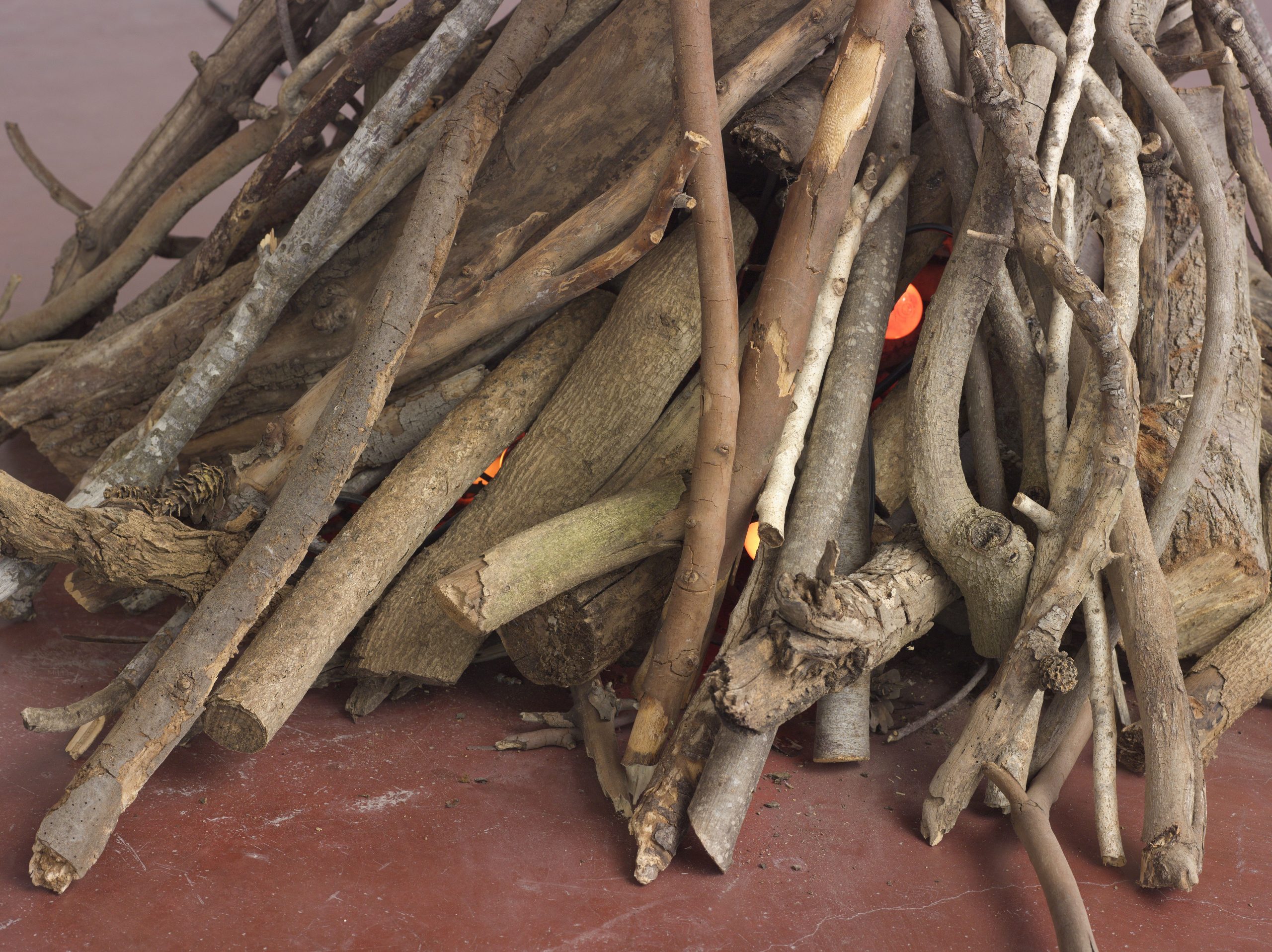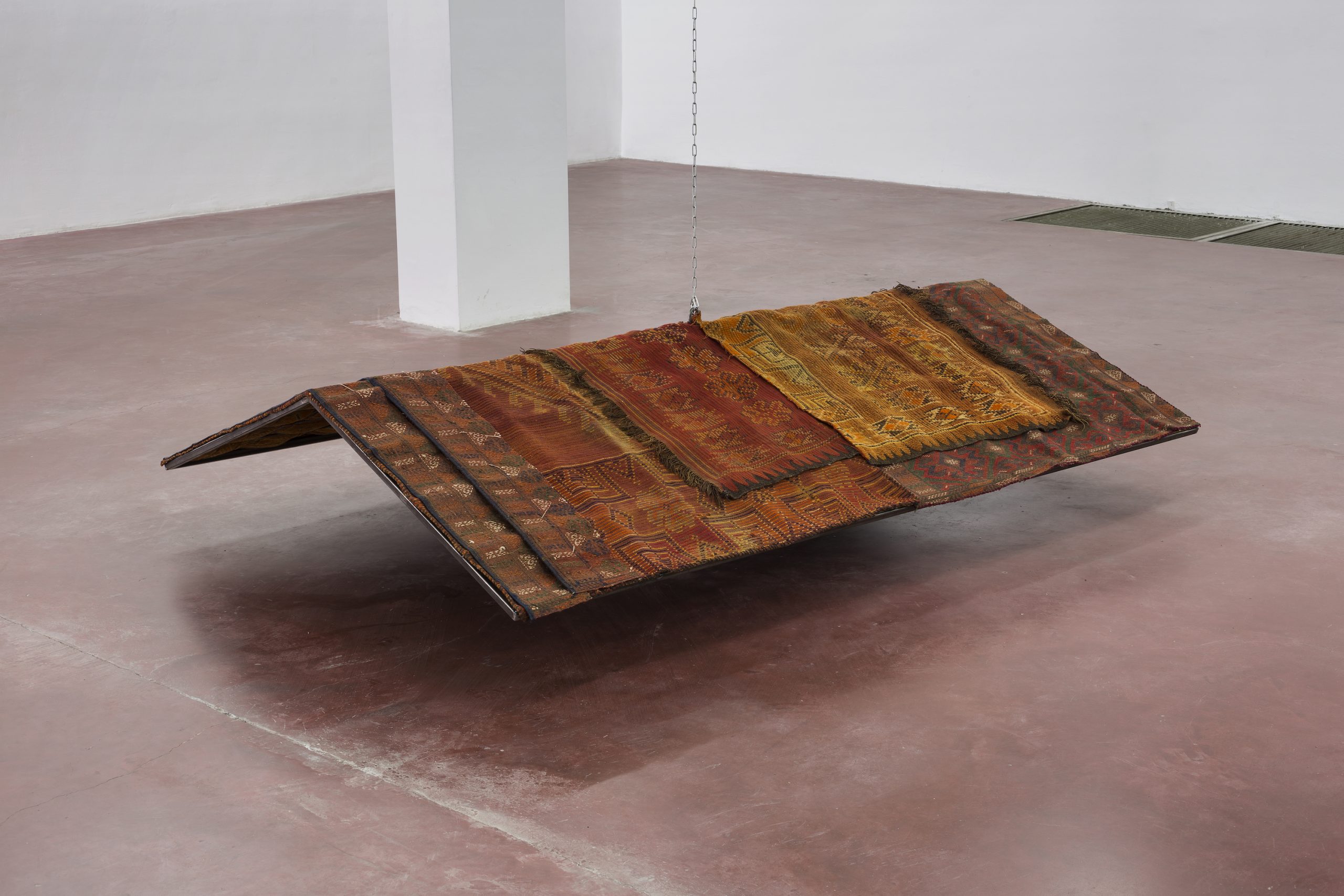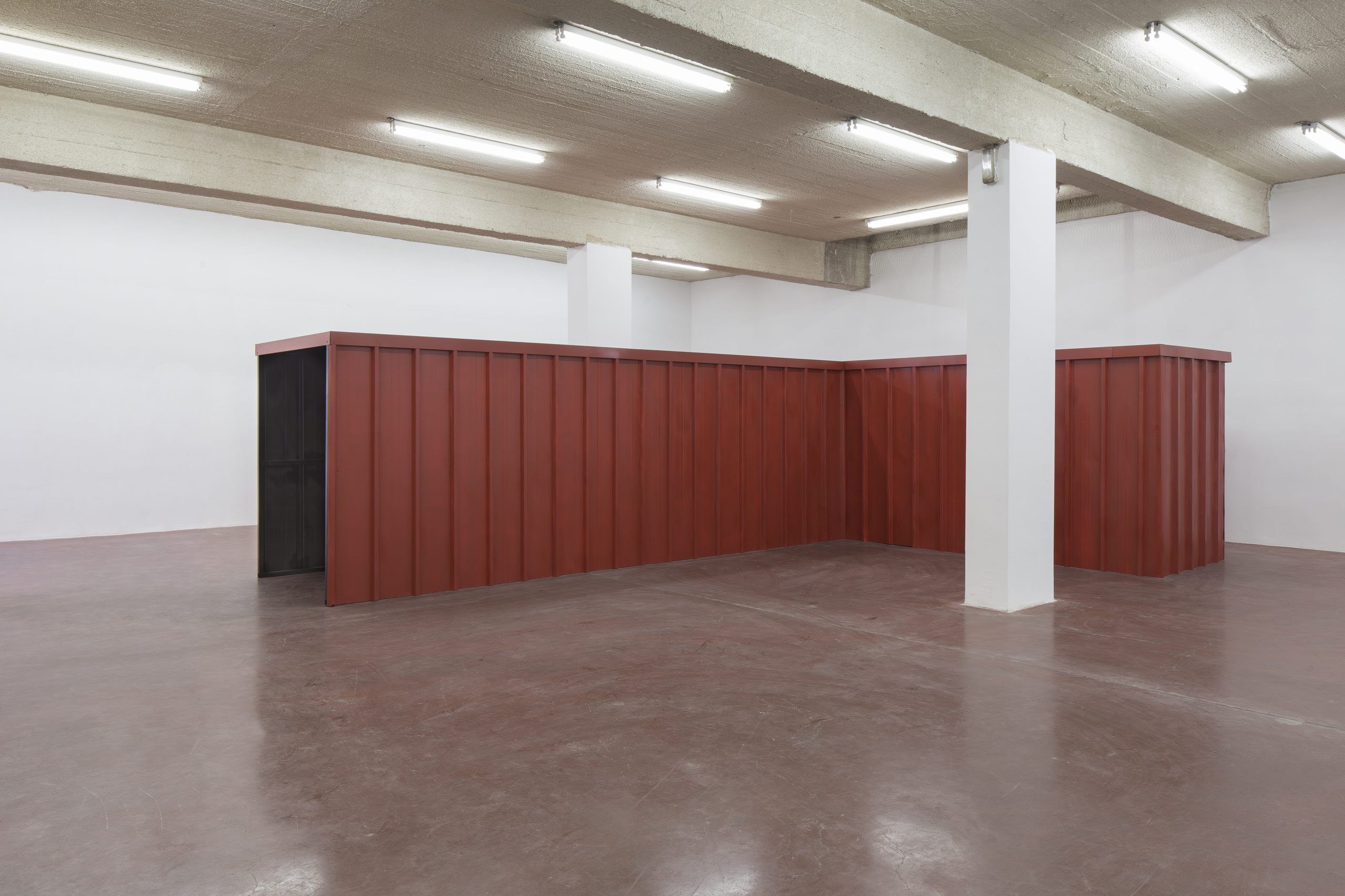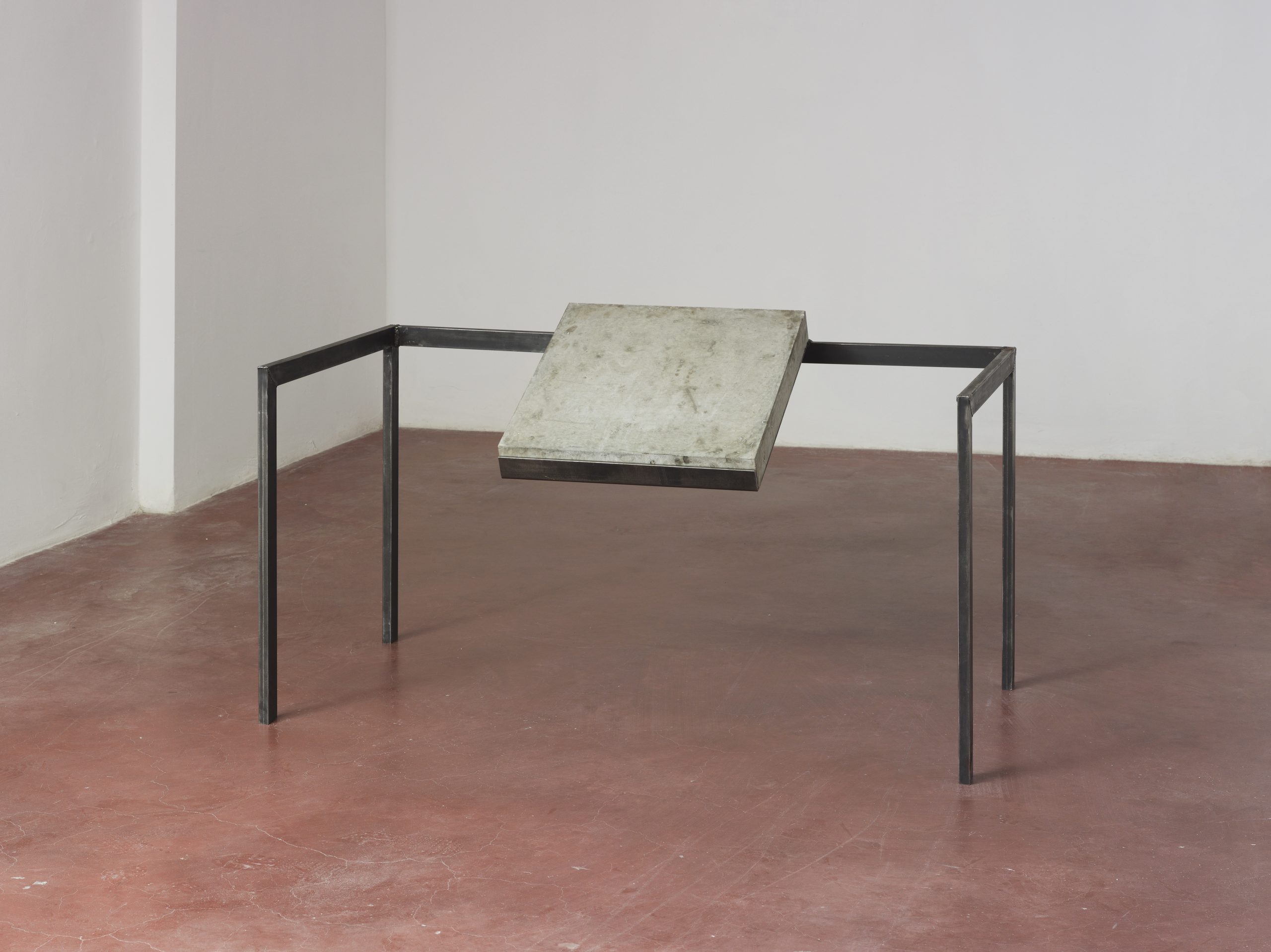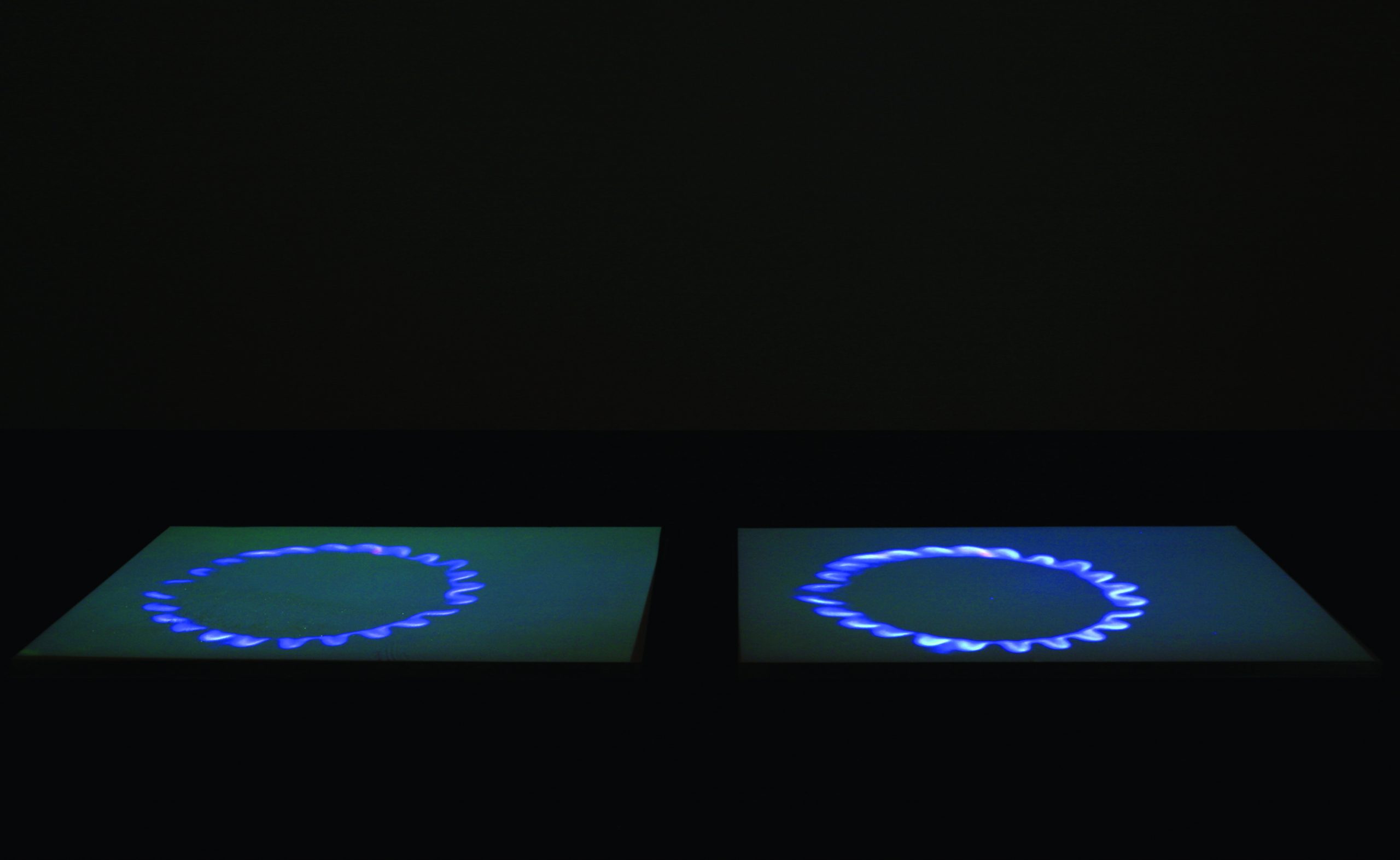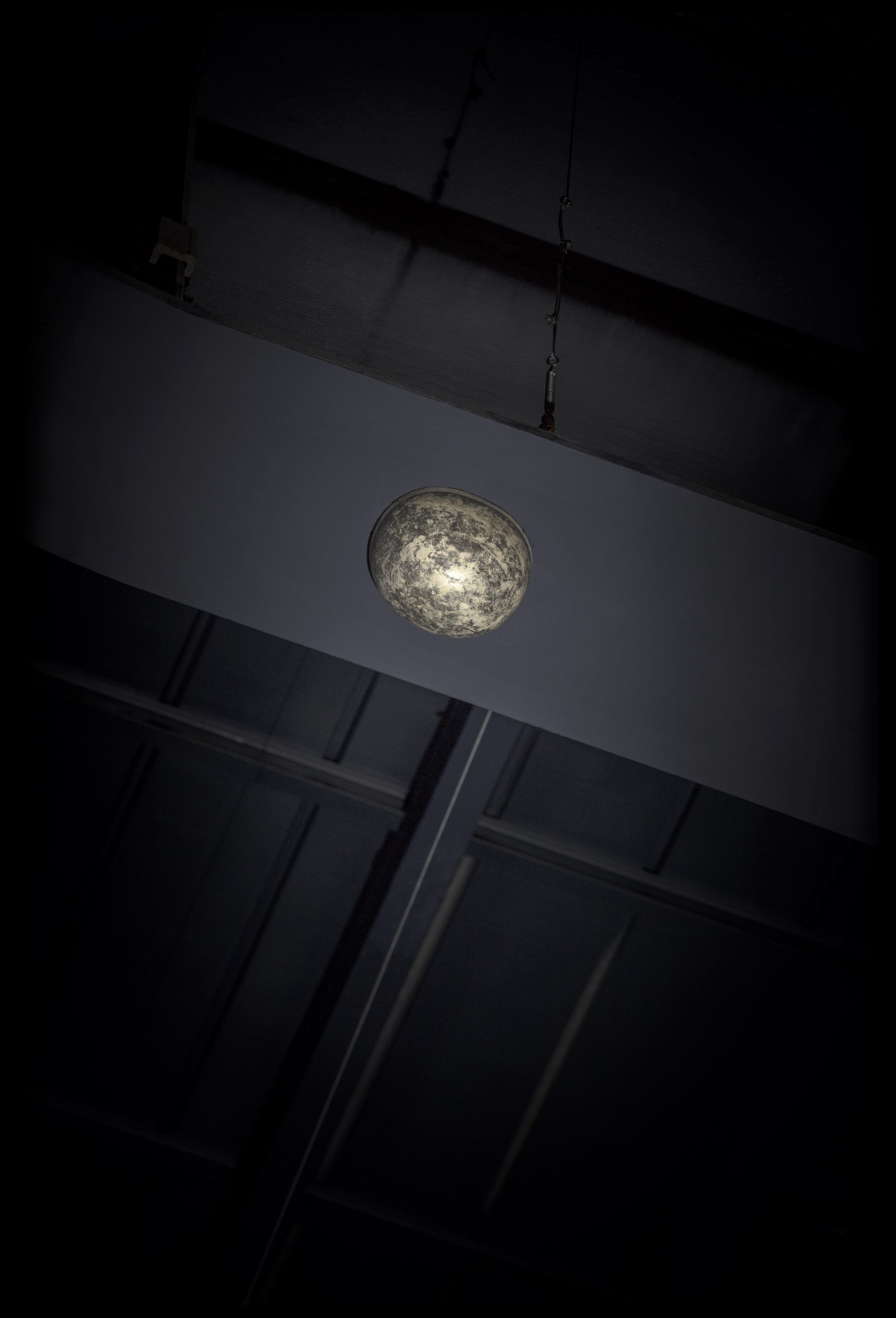
Features #11 — September 2022
Miroslaw Balka in conversation with Nicolas Vamvouklis
In one of your exhibitions, I remember visitors touching the salt, which was part of the installation — I am pretty sure, though, it was not a participatory piece. Do you always consider activating this sense of curiosity when making new work?
Well, I would not mind if their touch was gentle. But, as you already know, the visual arts are not only about the eye.
The human presence stands at the heart of your practice in all its glory and decay. Katerina Anghelaki-Rooke once wrote that “the body is the victory and the defeat of dreams.” What do you think about this dipole?
I find her line to be very poetic. Still, I do not actually use the word “victory” in my vocabulary at all. But in any case, the human figure, as well as its shadow, are indeed essential to my research.
I read in ‘Tate Etc.’ that you were disappointed when you first saw Michelangelo’s “Rondanini Pietà” at Castello Sforzesco; your expectations about the Old Masters had been formed during your training upon black-and-white reproductions found in art books. Of course, today, there is a new generation of highly Instagrammable art, but… you are not using social media, right?
Regarding Pietà… there is a little misunderstanding. I love this sculpture. What I tried to describe in ‘Tate Etc.’ was the situation that the work had been thoroughly washed out by conservators. It was a shock for me, as I always imagined it dirty from the bad quality reproductions. Every time I am in Milan, I try to visit “Rondanini Pietà,” and so I have eventually accepted it as a clean masterpiece 🙂 Concerning social media… yes, I am not really using them. No time, no need. But it is also not my problem if people use them in such a way.
Let’s stay a bit more in Milan and, particularly, in your 2017 retrospective “CROSSOVER/S” at Pirelli HangarBicocca. I was impressed by the work “15 x 22 x 19 (hard skull)” that could only be seen thanks to a guide who shined a flashlight on it. Could you tell me more about this enigmatic sculpture?
It is nice to hear that you managed to find this sculpture and that you liked it. In my work, I very often elaborate on the processes of recycling. For example, this specific piece’s story is that I once found a very old, thrown-away motorcycle helmet; I cleaned it and gave it a new life. I firmly believe that the stream of light from the flashlight was also an integral characteristic of the sculpture.
You often use fragile, precarious organic materials; I am thinking of soap and how it relates to notions of care. Did the pandemic change the way you handle this element?
During the pandemic, for sure, we took more care and protection of ourselves. But, apart from this particular historical moment, I have always considered the use of soap quite significant in life.
Last question, Miroslaw — what is your idea of spirituality?
I am sixty-four years old and still not able to answer such a question. But most probably, my work is the answer to this.






















